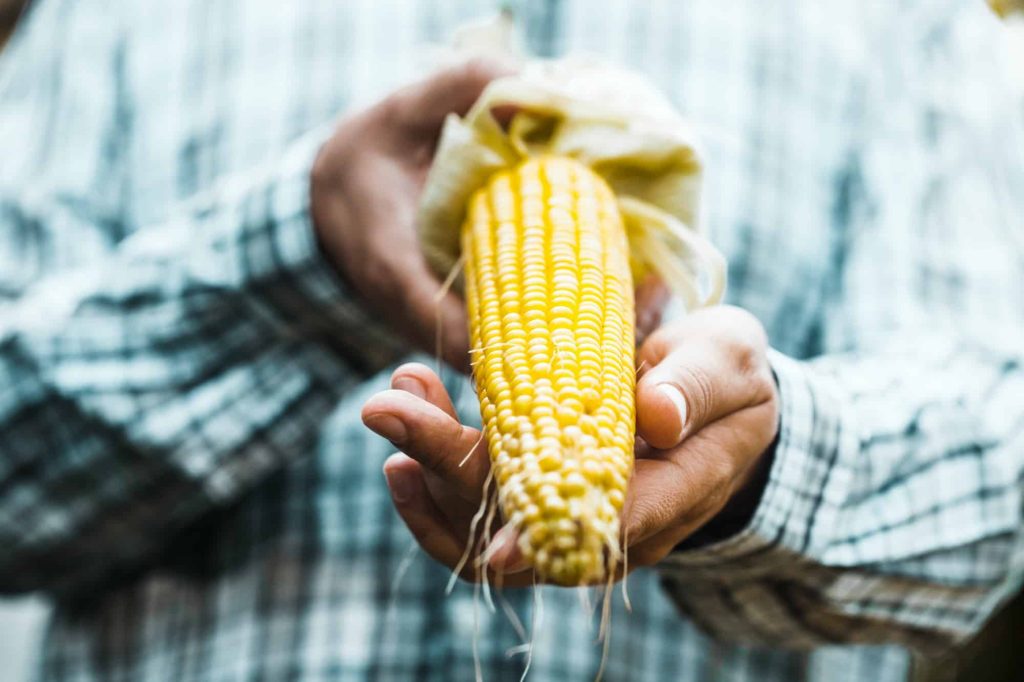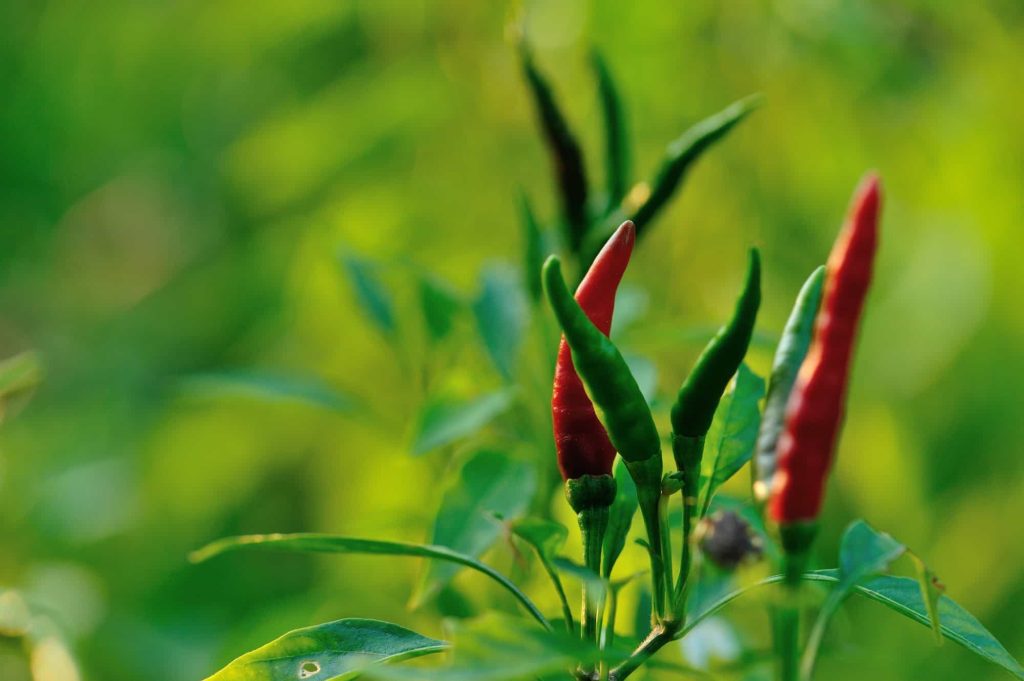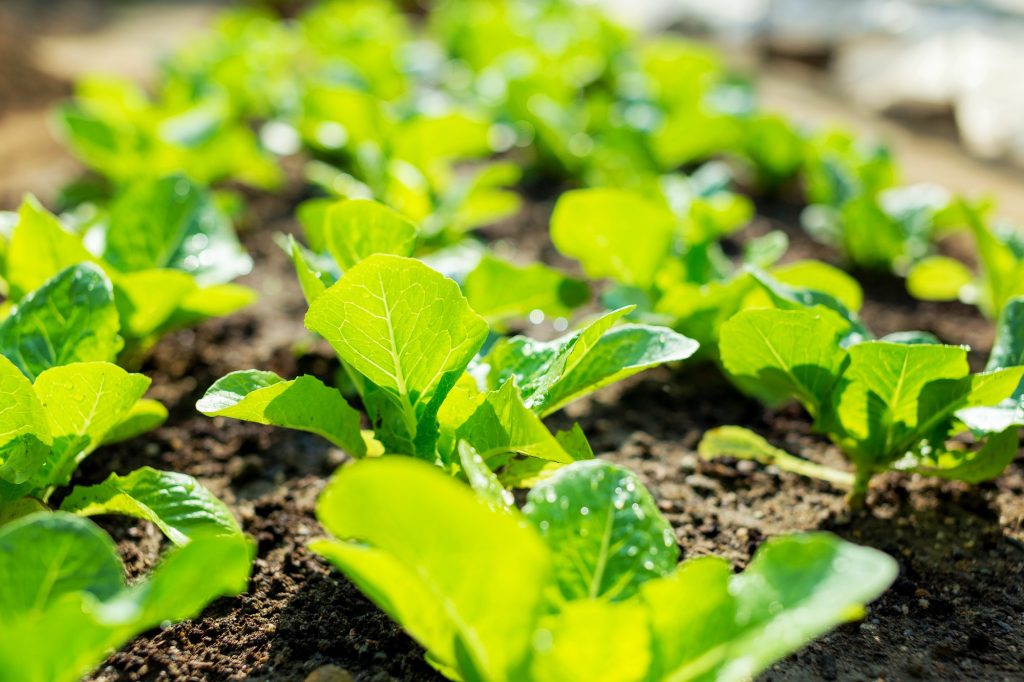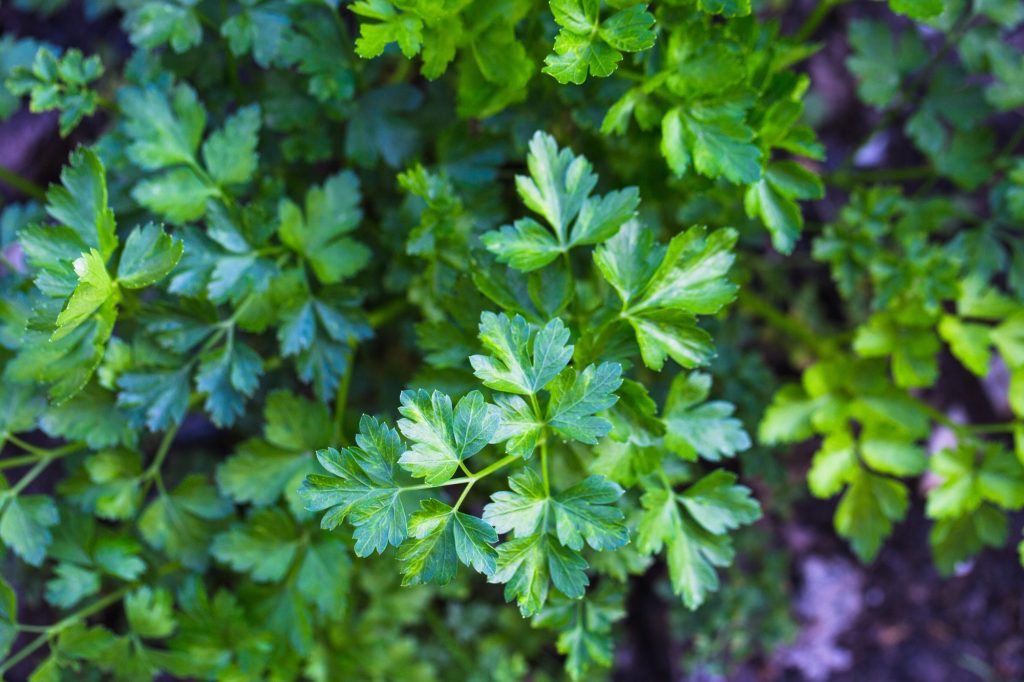Parsley is found in many gardens because of the numerous benefits it gives to Plants. It is a natural growth stimulator and is recommended for any plant with stunted growth. However, parsley can affect the growth of some plants that is why companion planting is important.
This biennial herb should be cultivated indoors before frost after which it should be transferred outdoors. It possesses bright leaves that make a good blend with dishes. The seedling should be given some space to promote a healthy plant.
Parsley attracts beneficial insects to Plants and keeps their common enemy pests at Bay. It is one of the herbs used by gardeners to tackle pest infestation. When you want to increase pollination in your garden, plant parsley with your crops.
Read the guide below to know what plants will benefit from the flavor boost given by Parsley.
10 Best Parsley Companion Plants
You can’t afford to make a mistake with the type of plants you cultivate with parsley. Parsley will favor many but not all plants. It is therefore important to be informed of its good and bad companions to avoid disaster.
1. Asparagus
A symbiotic relationship occurs between Parsley and asparagus when planted on the same soil. They help each other grow and parsley keeps asparagus beetles away from Asparagus. Asparagus doesn’t bloom well and produce a harvest throughout the year so you should plant parsley between its plants.
2. Corn

Corns can be destroyed by pests when it’s stored in the barn. How much more when it is still in the garden. Corn is a plant that benefits other plants but can get destroyed if it’s not maintained properly. Armyworms, corn earworms are major pests of corn. To prevent these insects from destroying your corn harvest, plant it with parsley. Don’t forget that parsley is a pest repellent and will also attract insects to prey on these pests.
3. Tomatoes
Tomatoes consist of different species thus you must carry out research to know which variety will do well with Parsley. All tomato plants get attacked by aphids and Parsley can be grown with tomatoes to invite hoverflies, a pest that feeds on aphids.
4. Beans
Beans are susceptible to attack from weevils, aphids, and cutworms. Parsely is known for attracting beneficial insects. These insects are beneficial to other plants because they help in consuming disturbing pests. Cutworms are food for tachinid flies that get attracted to Parsley. Plant beans with Parsley to keep cutworms far away.
5. Apples
Codling and gypsy moths are the major pests that destroy apple leaves. This isn’t a problem as Parsley attracts braconid wasp which is a predator for these pests.
6. Pear
Codling moths are found on pear trees and their job is to destroy its leaves just like it does to apples. However, braconid wasps get attracted to the flowers of Parsley so planting parsley close to your pear tree will control these moths.
7. Rose
As beautiful as this flower is, it can be disfigured by sawflies. Pests are insects that can damage the beauty of a crop and reduce its yield. To get rid of sawflies, plant some parsley herb near it. Tachinid flies and hoverflies get attracted to Parsley and feed on sawflies that attack rose flowers.
8. Pepper

The scent of pepper repels pests but its scent fails it when aphids and beetles come around. Parsely will prevent these pests from coming close to your capsicum. It will also attract predators to feed on aphids
9. Brassicas
If you are a gardener, you should be conversant with cabbage worms. They are the major pests that attack your brassicas. Brassicas include kale, broccoli, cabbage and are delicious vegetables. The insect attracting attribute of parsley helps it to contribute to the destruction of these pests.
10. Chives
Chives belong to the family of alliums and aren’t a good companion for some plants. Although other plants like onions and garlic that belong to this family should not be planted with Parsley. Chives are an exception to this and planting them in your garden will benefit parsley more than it receives from it. Parsely reaches its full potential when it flowers because it attracts pollinators and beneficial insects that prey on pests.
What Not to Plant With Parsley
Parsely is a common garden plant. It is a growth stimulator and is planted with many plants to help them reach their potential. Although, there are plants that won’t promote parsley’s growth and should not be found near it. Some of these plants are listed below
1. Lettuce
Planting lettuce and parsley with each other will cause the seed of lettuce to fertilize earlier than its germination period. Parsely will also cause the lettuce harm by attracting pests that can hamper its growth. Even if you want to plant lettuce and parsley on the same patch, make sure they aren’t close to each other.

2. Carrots
Planting crops that belong to the same family can be dangerous because they are liable to get attacked by the same pests and compete for nutrients. Parsely can be destroyed by a common enemy of carrot, carrot flies. They require the same growing conditions which can cause a competition of nutrients. Cross-pollination can occur between these two plants which will result in the difficulty to save seeds for subsequent cultivation.
3. Alliums
Alliums like onions, garlic will do parsley no good. These plants can prevent it from growing thus should be kept at Bay.
4. Mint
Mint is invasive. This implies that it has rhizome roots that spread and can hinder other plants from growing properly. Mint should never be found close to parsley and other herbs.
Parsely Companion Planting Guide
Here are some companion planting tips for growing parsley in your indoor or outdoor garden.
- Before planting the seeds, soak them in water to quicken germination
- Parsely should be planted indoors for 8-10 weeks before spring frost
- When parsley seedling has been transplanted outdoors, allow it to grow for 3-4 weeks before frost
- Parsley seeds germinate at a temperature of 70 °F, ensure you regulate the soil temperature to 70° F before proceeding with the cultivation
- Enrich the soil with some manure or compost and make sure it’s well-drained as parsley prefers dry soil
- 6-8 hours of direct sunlight is sufficient enough for your plant
- Uproot bushes or weeds that sprout around your plant to promote the visibility of parsley when it’s about 3 weeks
- Give your seeds a spacing of 8-10 inches and a depth of 1/4 inches
- Grow light encourages the germination of parsley seedlings.
Where does parsley grow in the garden?
Parsley prefers rich soil thus loamy soil is recommended for it with exposure to direct sunlight. Although, it will appreciate some shade because it also loves a cool environment.
Is parsley easy to grow?
Parsley is a low-maintenance crop and doesn’t need to be monitored every time. The germination rate of parsley is slow compared to other crops but it is easy to plant.
How much sun does parsley need?
Parsley will grow well when exposed to at least 8 hours of direct sunlight. It will also bloom well if it receives lesser sunlight as it loves shade.
How often does parsley need to be watered?
It doesn’t require too much water so watering 2-3 times a week should be sufficient.
What can you not plant near parsley?
Mints possess invasive roots and will stunt the growth of parsley. Other plants that will hinder parsley from being successful are alliums, carrots, and lettuce.
Can I plant parsley next to basil?
Basil has similar growing requirements with parsley. Thus, growing them together will result in a symbiotic relationship. Both will do well when exposed to full sun.
Can you plant lavender and parsley together?
Lavender is a good companion plant for parsley and will contribute to its growth if planted with it on the same patch.
What herbs grow well with parsley?
Parsley is not a good companion for aromatic herbs but it will grow well with tarragon, basil, and cilantro.
Can parsley and cilantro be planted together?
Cilantro will not affect the growth of parsley when planted in proximity to it in the garden. It is one of the herbs that will do well if planted with parsley.
Can you plant marigolds with parsley?
Marigolds are natural pest repellents and protect parsley from pests. Try growing both of them together.
How far apart should parsley be planted?
Parsley should be spaced 8-10 inches apart from each other. This allows them to take up nutrients from the soil without competing with one another.
Can you plant chives with parsley?
Chives belong to the family of Alliums. Plants in that family should never be found close to parsley but chives are an exception. It contributes greatly to the growth of parsley.
Conclusion
Companion planting encourages a replenishment of soil and healthy growth of crops. Growing parsley with plants like marjoram will improve its flavor.
Parsley also benefits other plants by attracting beneficial insects to pollinate its plant and repel pests.
More on companion planting:
- Cabbage Companion Plants (What Not to Grow Near Cabbage)
- Cauliflower Companion Planting (What Not to Grow Near Cauliflower)
- Zucchini Companion Plants (What Not To Grow Near Zucchini)
- Blueberry Companion Plants (What Not To Grow Near Blueberries)
- Pumpkin Companion Plants (What Not To Grow Near Pumpkins)
- Basil Companion Plants (What Not To Grow Near Basil)

